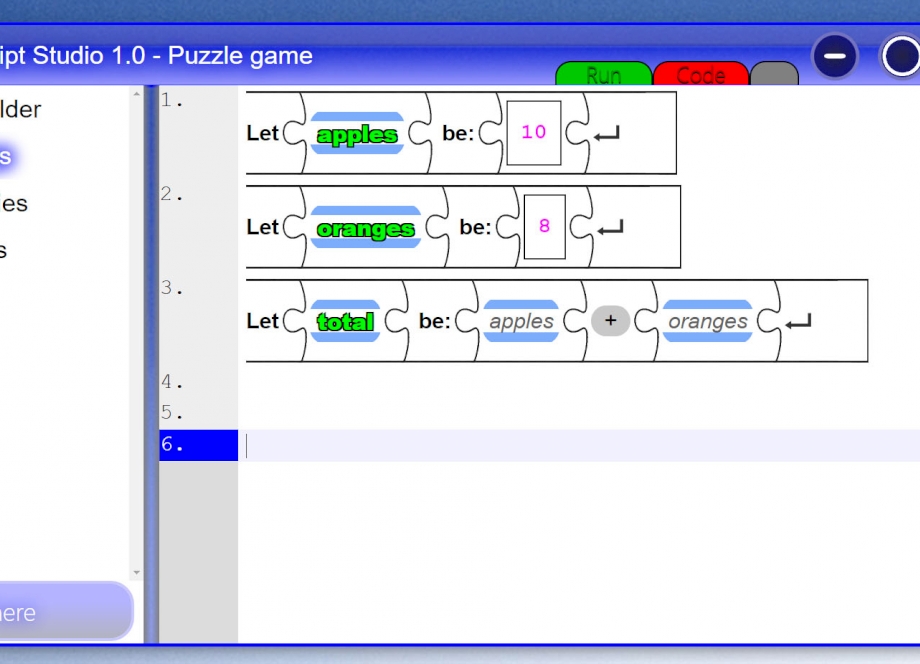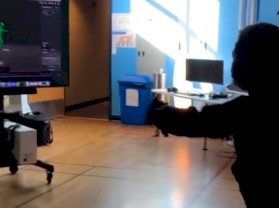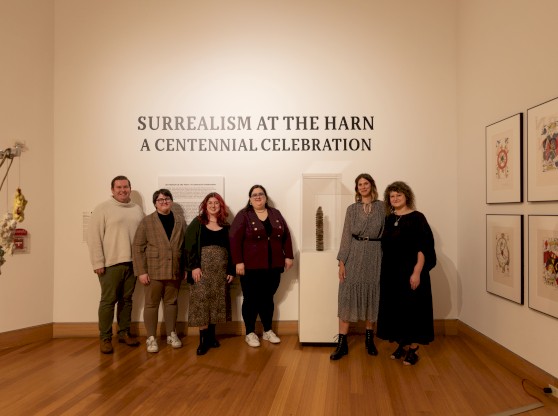Coding can be as easy as creating a puzzle.
At least, that’s what Angelos Barmpoutis’s research shows. The Digital Worlds Institute associate professor recently published “Assessing the effectiveness of emoticon-like scripting in computer programming,” a study that shows that students of all ages can learn to code through images and symbols, similar to solving a puzzle. Kim Huynh and Digital Worlds’ Peter Ariet and Nicholas Saunders also served as researchers for the study.
Students who participated in the study weren’t to learn code the traditional way — by typing the same codes until they memorized them. Instead, they were tasked with programming a moving robot by connecting blocks that represented different commands, according to the study.
This method of “building” a code allows students to see what they’re programming, which was helpful to both groups of coders the study followed: fifth-graders and college undergraduates.
The outcome? Students who used the new learning program could create computer codes, even without previous coding experience, Barmpoutis said.
“The results indicated that this new methodology improves learning outcomes significantly,” he said.
Ariet, a Digital Arts and Sciences undergraduate student who helped with the study, said the learning program helps students build new levels of association because they’re looking at shapes, rather than words.
“You know when (the code is) not right because it looks different,” he said.
The learning tool is built to help people who don’t know how to code, Ariet said. Students use their problem-solving skills to write a code.
“They figure it out through their own ingenuity,” he said.
Huynh said the program is like a set of training wheels in that it doesn't make learners create a complete code from scratch, but it's not a mindless activity, either. It creates an easier, more visual way to understand code.
“It’s almost like a code translator," the UF computer science junior said.
Barmpoutis explained that after students completed their task, they completed a short quiz to see if they learned something.
The elementary schoolers, he said, composed almost an entire programming code.
“They wrote their first program, which was about 20 lines,” Barmpoutis said. “It was amazing.”
The elementary schoolers’ exposure to programming is important, he said. Young students who are interested in coding can deepen their understanding of science, technology, engineering and math (STEM).
Coding is “a medium that brings together all four areas in STEM,” Barmpoutis said.
Ariet said that the puzzle-like nature of the program makes it appealing to kids.
“If you can teach a kid that everything’s a game, it’s way more fun,” he said.




